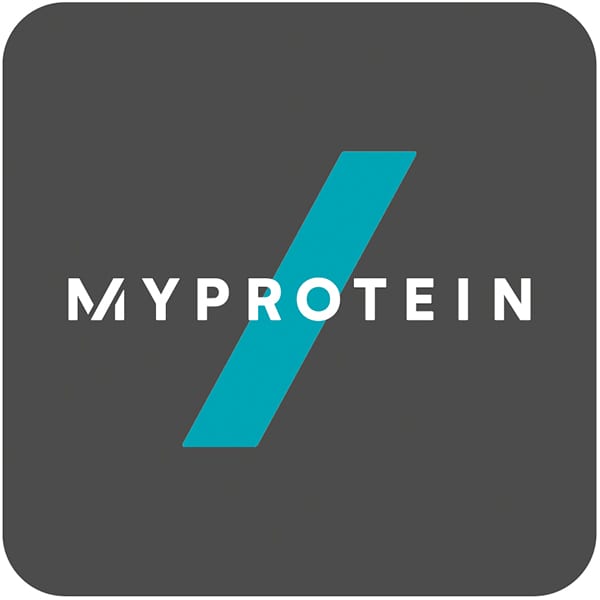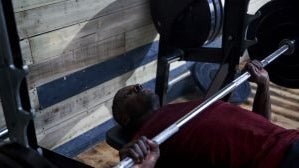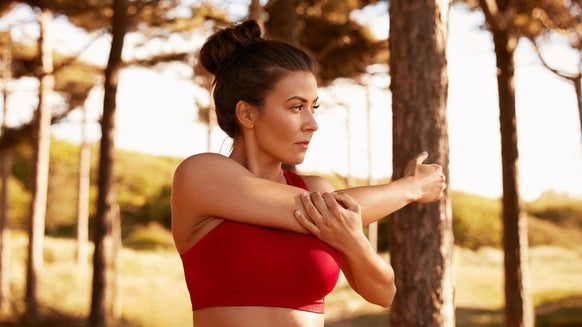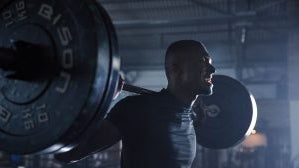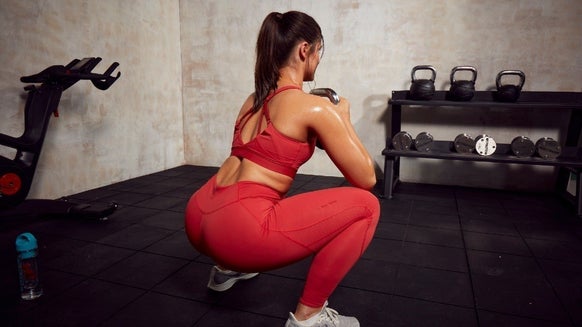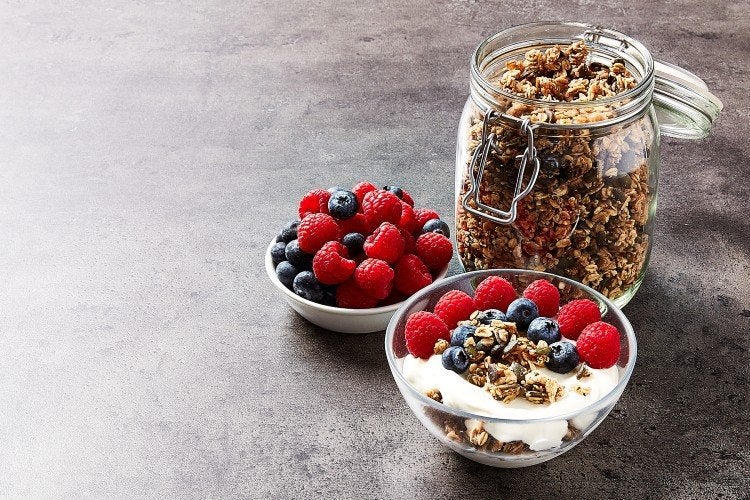
The Quadriceps are a group of muscles that make up the overall mass of the legs. Together, they form one of the largest muscle groups on the human body.
A physique that has acquired a big, strong set of legs will not only look good, but will also possess many physical benefits. Having strong Quadriceps has a huge carryover into sport. For example, studies have a shown a direct correlation between the most weight squatted relative to bodyweight, and vertical jump height.
But in terms of bodybuilding and aesthetics, a physique will simply not look ‘complete’ until the Quadriceps are sufficiently developed.
Quadriceps Muscles
The Quadriceps consists of four muscles:
1) Vastus Medialis
2) Vastus Lateralis
3) Vastus Intermedius
4) Rectus Femoris
Out of the 4 muscles, 3 originate in the Femur bone of the thigh:
? Vastus Lateralis, Vastus Medialis and Vastus Intermedius
These insert into the Common Quadriceps Tendon; they are monoarticular (affects only one joint of the body). These muscles perform a function known as knee extension – straightening the knee.
The Rectus Femoris is the only muscle of the Quadriceps that is biarticular (working at 2 joints:)
? The knee
? The hip
It does this by anteriorly connecting into the hip to assist with hip flexion.
-- Mass-Building Quadriceps Exercises --
The Barbell Squat [/su_heading]
Commonly known as ‘The King of all exercises,’ the Barbell Squat is not to be underestimated when aiming for a high level of Quadriceps development.
Some of the world’s greatest bodybuilders who have built sensational Quadriceps thoroughly believed that the Squat was a crucial exercise in a bodybuilders arsenal.
Ronnie Coleman once squatted 800lb (362.9kg) for 5 repetitions, and Tom Platz once squatted 525lb (238kg) for 23 repetitions!
Despite the Squat being hugely beneficial, we must not forget that correct form is absolutely crucial when performing any exercise.
To safely perform the squat, there are many factors that one should consider:
? Physiological factors such as individual bone length make everyone’s ideal squat technique slightly different.
? Mobility and flexibility of muscles and joints must be sufficient to perform the squat correctly, to achieve the most benefits from the exercise.
Basic technique:
1) Feet placed slightly outside shoulder-width, to allow the hips to externally rotate and ‘open’ to achieve correct depth.
2) Toes pointed slightly out, to allow external rotation of the knee joint.
3) A neutral spine to allow for a correct bar path of the Barbell.
Following these basic guidelines will have you well on your way to becoming a strong Squatter.
Stiff-Leg Deadlifts
(Recovery exercise)
Having completed your sets of Squats, I recommend then moving on to a hamstring-dominant exercise, such as Stiff Leg Deadlifts.
This will allow for the Quadriceps to recover before they are targeted again with Lunges.
Not tried these before?
? Overhand grip (use wrist wraps if necessary)
? Straight torso with feet shoulder stance
? Slightly bent knees
? Inhale, lower barbell, reach for the floor until a hamstring stretch is present
? Exhale, extend hips and raise yourself back to starting position
The Lunge
(Accessory Exercise)
Lunges are an incredibly versatile exercise; thus meaning that they can be easily incorporated into a training regime with the aim of improving muscular endurance, cardiovascular endurance, or increasing muscular size.
When it comes to building muscular size, Lunges can be performed by holding Dumbbells down by the side, or a Barbell can be placed onto the back (like a Barbell Squat) – depending on personal preference.
The Lunge can be described as an ‘Accessory Exercise.’
Accessory exercises, such as Lunges, allow for more volume to be added to your training, to allow for the most strength gains and muscle size.
Due to lunges being a unilateral exercise (one side of the body is trained individually at a time), this allows for more stress to be placed on the Glute Medius muscle. The Glute Medius is often not optimally trained when performing bilateral exercises such as Barbell Squats.
Large amounts of stress are still placed on the Quadriceps, as well as the Gluteus Maximus.
There are many ways to perform a Lunge, for example:
? Placing one foot in front of the body and ‘leaning’ into the leading foot.
? Placing one foot behind you and placing your weight onto your standing foot.
In my opinion, my favourite way to perform Lunges is in a ‘walking’ style. This is done by placing one foot in front of the body, and applying pressure through the mid-foot and then leading with the opposite leg.
In order to progress in this exercise, heavier dumbbells can be used each session, or increasing the amount of sets and reps you have previously performed with the same weight.
Sets and Reps
These should be your Primary Exercise within your leg training routine; at which you perform this movement first.
I suggest performing 3 sets of 6 repetitions, with 80% of your 1 Rep Max Weight. These will be your most intense sets.
Stiff-Legged Deadlifts and Dumbbell Lunges:
I suggest performing 2-3 sets of 8-12 repetitions. Percentage of 1 Rep Max is often not used for Accessory exercises, as they can change session-by-session depending on the difficulty of the Primary Exercise.
This combination of sets and repetitions will allow for sufficient volume within your Quadriceps training, meaning that you will have achieved metabolic fatigue within the muscle cells which will inevitably yield results.
Take Home Message
Please remember that correct form is crucial when performing any exercise, and form should never be sacrificed for a greater weight load.
For example - you don't want to risk injuring all of these muscles:
Thank you for reading! I hope you have gained a greater understanding on Quadriceps training.
